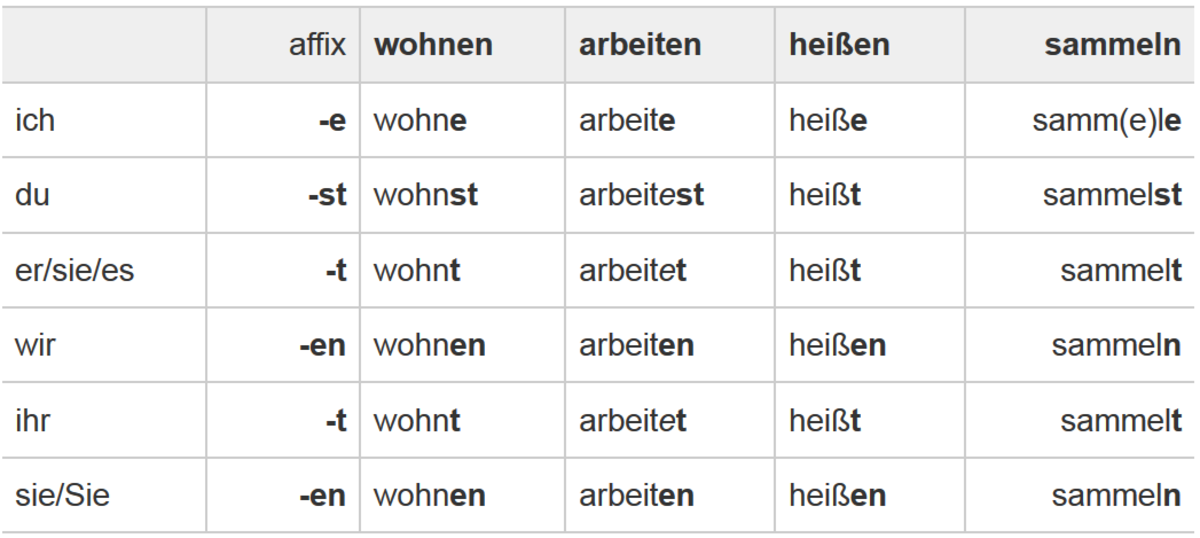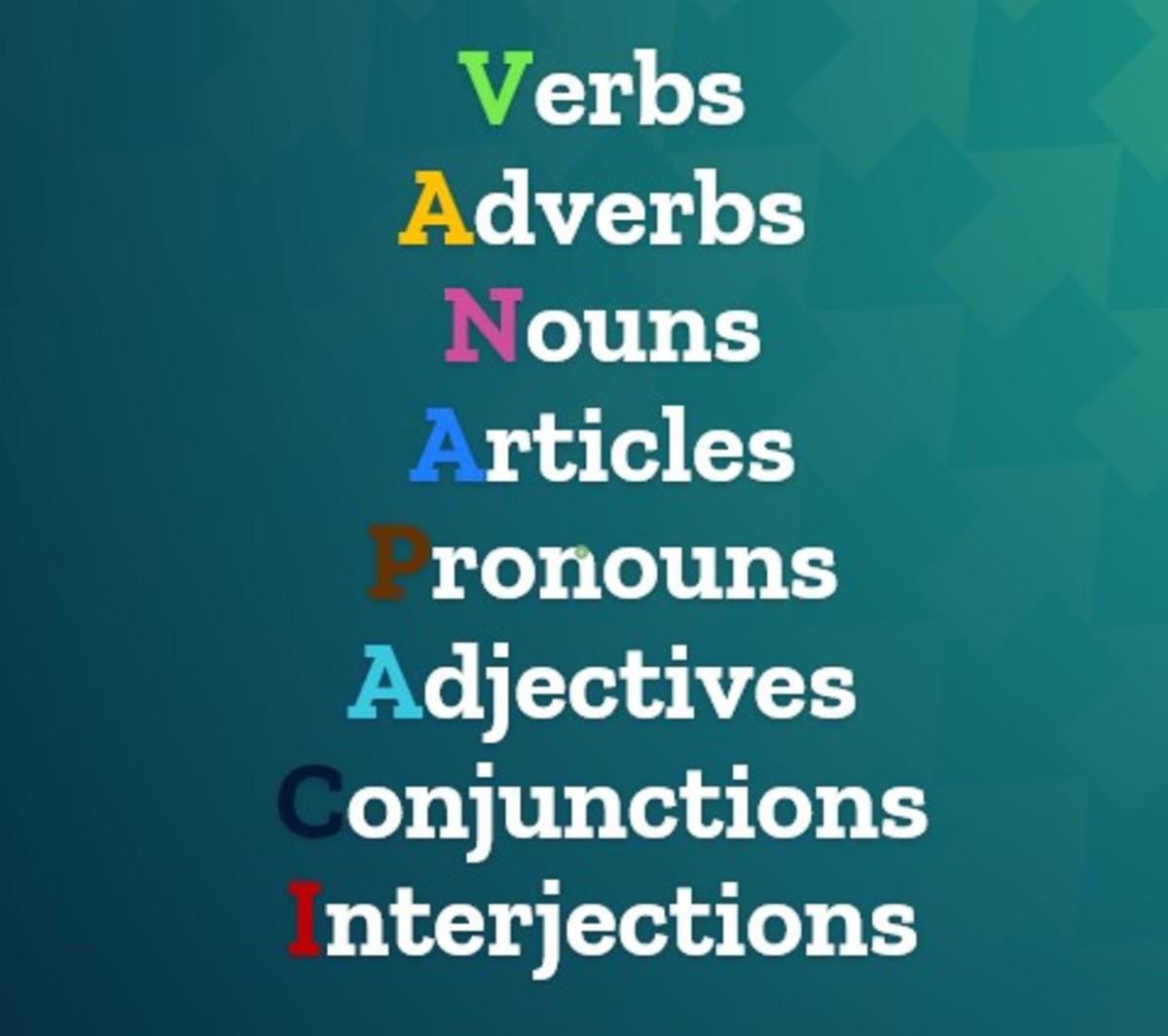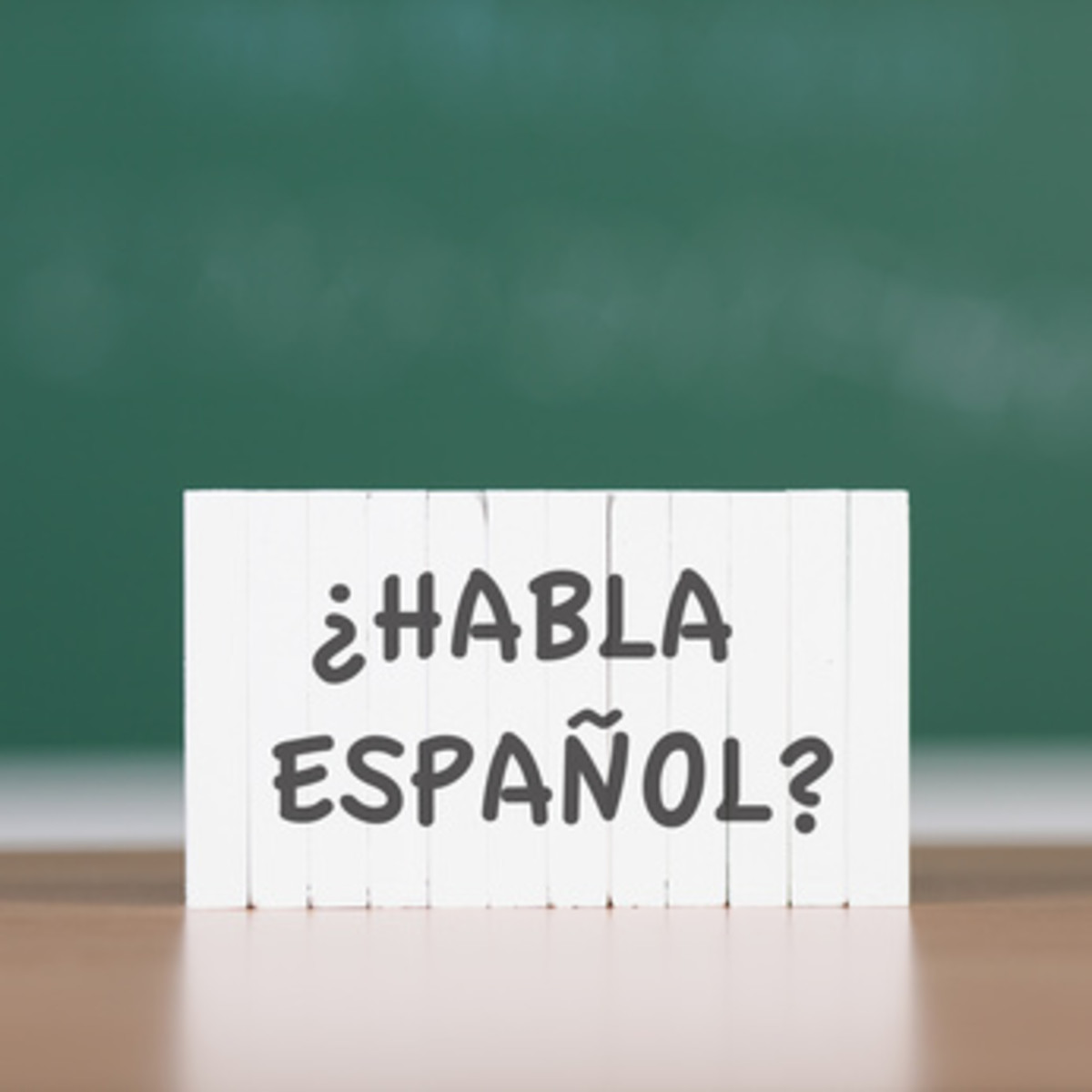Ser and Estar – the Verbs 'To Be' in Spanish, Their Conjugation, Rules and Uses

The Spanish language has two forms of the English verb 'to be', so that, whereas in English, we only have one type of 'being' – being from a country, being a redhead, being hungry or being in a restaurant are all described using the same vocabulary, in Spanish they have ways of differentiating between different types of 'being'.
In English, the verb 'to be' is irregular. That means that it is conjugated differently to normal verbs, which are the same in all persons except the third person singular, whereby usually an -s is added (he runs, for example). It is conjugated as follows:
I am
you are
he/she/it is
we are
you all are
they are
In Spanish, too, the verbs are irregular, and conjugated differently to normal rules of Spanish verbs.
Conjugation of the two verbs ser and estar
The first form of the verb 'to be' is the Spanish verb SER, which is conjugated in the present tense as follows:
(yo) soy
(tu) eres
(el/ella) es
(nosotros) somos
(vosotros) sois
(ellos/ellas) son
The second verb is ESTAR, and this one is conjugated in the present tense as follows:
(yo) estoy
(tu) estás
(el/ella) está
(nosotros) estamos
(vosotros) estáis
(ellos/ellas) están
How and when the verbs are used
This is obviously not a rule where every case follows, but an easy way to remember when to use ser or estar when first starting out with the basics of the Spanish language is that ser is used when characteristics are permanent (he is a sociable boy or he is from the US), and estar is used in temporary situations (e.g. I am hungry or I am in Wales).
Some examples of this rule:
Estoy feliz – I am happy. This uses estar because being happy is an emotional state and therefore subject to change.
Soy de Francia – I am from France. If a person is born in France then they are never going to be born from anywhere else, so this uses the verb ser.
Estamos en la biblioteca – we are in the library. It is doubtful that anyone would remain in the library permanently, so this uses estar.
Eres hermosa – you are beautiful. Beauty is an inherent trait and someone is generally assumed to be beautiful forever.
Son rubios – they have blond hair.
Useful pages
- Basic Spanish Vocabulary
When you learn a foreign language you want to jump straight in and get going, you want to learn a lot quickly, and you want to feel you are getting somewhere. So, with that in mind, here are a few common... - How To Conjugate Regular Spanish Verbs In the Presen...
There are three types of Spanish verb, there are those ending in -AR, such as hablar (to speak), those ending in -ER, such as comer (to eat) and those ending in -IR (to live) and they have different rules. -ER...
As with all rules, there are exceptions and one exception of the permanent versus temporary association is when dealing with time itself. If you ask someone what the time is, or what day it is, you would use the ser verb, despite time being an ever-changing variable.
¿Qué hora es?.......................................what time is it?
Son las dos horas...................................it is two o'clock (in the morning).
Hoy es martes........................................today it is Tuesday.
Hoy es la navidad..................................today is Christmas Day.
Another exception is with place, which is always viewed in the 'temporary' sense, and always uses the verb estar. When discussing where someone is, it is obvious you would use estar, but even when talking about where one place is in relation to another, you would use the verb estar.
¿Dondé estás?.........................................where are you?
¿Dondé está los aseos?............................where are the toilets?
Los aseos están al fundo..........................the toilets are at the back
¿Dondé está Francia?...............................where is France?
Francia está en el centro de europa...........France is in the middle of Europe
The deceased
People or animals that have died are also described using estar, rather than ser, despite death being a permanent state. The history here is that because Spain is a Latinate country and therefore predominantly catholic, death is not considered a permanent state because Jesus was resurrected.
Está muerte – he or she is dead
Está murió – he or she died
It is unlikely, except in the case of fictional works, that you would use the verb morir (to die) in either the first or second person.
Marital status
Marital status is considered permanent in Spanish and thus uses the ser verb 'to be'.
Soy casado/a – I am married
Es soltera – she is single
Sois juntos – you (pair) are together
Other uses of ser and estar
Ser is used when dealing with:
Occupation
Soy abogada – I'm a lawyer
Religious views
Eres catolico – you are catholic
Political views
Soy en apoyo del socialismo – I support socialism
Ownership of something
El coche es mio – It's my car
Family kinship
Es mi hermana – she's my sister
Estar is used in situations such as:
The condition of something
La pera está verde – the pear is unripe
Idiomatic expressions
Estoy de acuerdo contigo – I agree with you
Another general idea of determining whether to use ser or estar is whether a noun or an adjective follows the verb.
For example if a noun follows a verb immediately, without any article or filler word, then ser is used.
Sara es enfermera – Sara is a nurse
Mis hijos son rubios – my children have blond hair
Es viernes – it's Friday
The verbs ser and estar are quite complicated to understand at first, particularly for English speakers, who are used to only a single verb 'to be', but with practice it does become easier to understand and use the verbs correctly.









